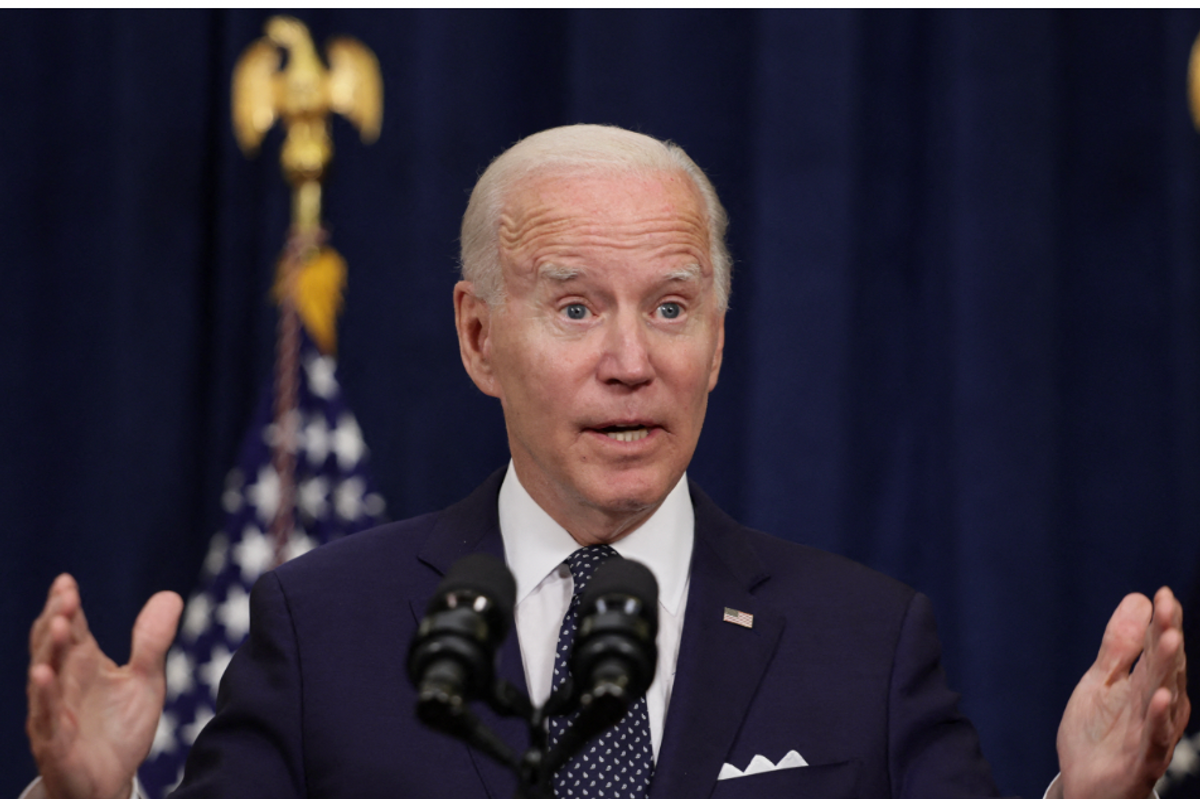LUBBOCK, Texas (AP) — The Texas wildlife agency said Tuesday it is suspending a policy that allows the killing of burros in a state park along the Mexican border after the Humane Society of the United States offered to devise a nonlethal plan to remove the destructive animals.
The Texas Parks and Wildlife Department will contribute up to $10,000 toward a humane society aerial survey of the wild donkeys at Big Bend Ranch State Park this spring to establish baseline data, agency executive director Carter Smith said.
“We believe this could be valuable information to assess the problem with burros around the park,” Smith said. “We still have a long way to go to see if a viable, long-term plan can be developed.”
Officials estimate that only about 300 burros live in the 316,000-acre park on the Texas side of the Rio Grande, he said. Park rangers have killed 130 there since 2007, although not during the peak October-to-April tourist season.
“We are happy to work with the department and are pleased that they have halted lethal control of the burros while discussions are under way,” Texas humane society director Nicole Paquette said.
The state, which says it doesn’t have the money to capture or quarantine the burros, considers them destructive intruders, hogging forage and lapping up precious water in the drought-starved mountains. Officials say they threaten the survival of hundreds of other native species, including bighorn sheep which the state wants to re-establish in the park.
In Big Bend National Park, adjacent to the state-owned land, killing wild burros is prohibited by a 40-year-old federal ban that Congress said protects the “living symbols and pioneer spirit of the West.”
Protesters rode three donkeys to the Texas Capitol in January to deliver 103,000 signatures asking Gov. Rick Perry to change the state policy and halt the shooting of the wild animals.
The humane society needs an accurate count of the burro population before it can begin to consider alternatives to killing them, Paquette said. The group recently airlifted 119 burros from Hawaii to a ranch in California, and it has a 1,300-acre rescue ranch in northeast Texas that is home to about 1,200 animals of various species.
“We’d have to look at the population (at the rescue ranch) and see how much more the acreage could stand,” she said, adding that 300 burros rescued years ago already live there.
Wildlife department officials explored live trapping and consulted U.S. Department of Agriculture veterinarians and other experts on humane solutions. But efforts to trap the feral animals within the state park were unsuccessful.
With no obvious option to control the population, Big Bend Ranch State Park rangers began shooting burros in 2007. A public uproar ensued when news leaked that 71 had been killed and the state halted the shootings in 2008, allowing Peaceful Valley Donkey Rescue to try to help. But the nonprofit group failed to catch any burros in two years and the shooting resumed. Fifty-nine burros were killed between August 2010 and September 2011.
Smith, the parks and wildlife’s executive director, then asked people or groups outside the department to solicit practical alternatives.
Wildlife officials say protecting the park’s land and water is their highest priority and controlling feral burros is part of that. If nonlethal methods prove unfeasible, they made need to resume killing the animals.
Louis Harveson, professor of wildlife management at Sul Ross State University in Alpine, compared the burros to feral hogs that cause millions of dollars in damage annually in Texas. He said he hoped the humane society would devise a plan to at least reduce the burro numbers, which would take some pressure off native plants and animals in the park.
“We know that every exotic species has a negative impact,” Harveson said “They didn’t evolve within that system. They have an advantage in a system.”
___
Associated Press writer Betsy Blaney can be followed on Twitter at:


